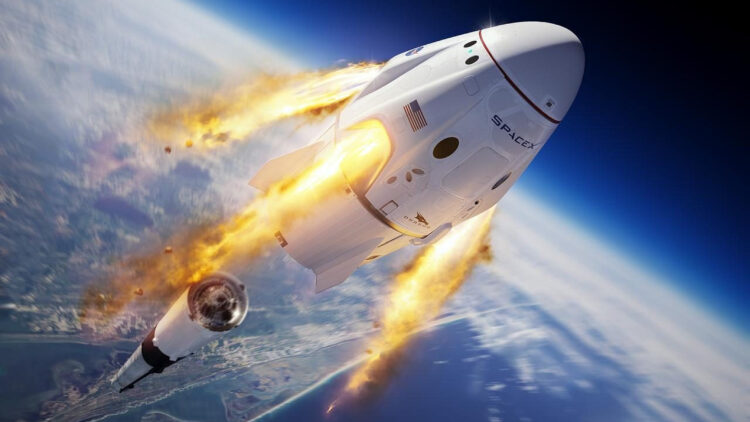As the International Space Station (ISS) approaches the end of its operational lifespan, NASA is exploring options for its decommissioning and replacement. On Thursday, December 12, a SpaceX Dragon cargo capsule undocked from the ISS, marking a pivotal moment in the partnership between the space agency and Elon Musk’s company.
This collaboration not only facilitates resupply missions but also lays the groundwork for the future of space exploration and the handling of space debris.
Dragon takes flight: SpaceX’s role in resupply missions
According to SpaceX’s official website, the Dragon spacecraft has the capacity to transport up to seven passengers at a time. It is equipped with advanced technology, as exemplified by its 16 Draco thrusters designed to orient and maneuver the spacecraft throughout its mission.
It is engineered to handle a payload exceeding 13,000 pounds during launch and 6,600 pounds upon reentry, guaranteeing that critical materials and scientific experiments can be safely transported back to Earth.
On the morning of December 12, the Dragon capsule departed from the ISS after initially delivering approximately 6,000 pounds of cargo, including food, equipment, and experiments, on November 5.
This mission, designed CRS-31, represents SpaceX’s 31st contracted resupply flight for NASA. It’s also important to note that the Dragon capsule was the only operational spacecraft capable of returning significant amounts of cargo back to Earth. This marks it as a crucial component of the ISS supply chain.
What does this spacecraft mean for the future of the ISS?
The ISS is expected to end its operation by the end of the decade, with NASA planning a gradual lowering of its orbit to ensure a controlled reentry.
Scheduled for 2030, this process entails guiding the station to “Point Nemo” in the furthest point of the Pacific Ocean, well away from human populations.
To address the challenges of space debris and facilitate the future of human spaceflight, NASA has allocated $843 million to SpaceX for the development of specialized Dragon cargo spacecraft aimed at managing the disposal of the ISS. This funding highlights the importance of SpaceX’s role in the future of space exploration.
Elon Musk’s vision for space is ambitious, but also fraught with risks
Although NASA assures that this method minimizes environmental risks, concerns linger regarding the possible impact on the ozone layer and atmospheric pollution.
“Given the mass of the station, this could result in a significant impact on the atmosphere,” says Leonard Schulz, a researcher at the Technical University of Braunschweig in Germany.
Experts concur, warning that the destruction of such a massive structure like the ISS could release harmful chemicals into Earth’s atmosphere, exacerbating existing pollution problems. Recent studies have indicated that burning satellites can emit aluminum oxides, which can linger in the stratosphere for decades and potentially harm the ozone layer.
As the number of satellites and objects in low Earth orbit continues to increase, the strategies devised for the ISS’s reentry may provide valuable insights for future space debris management. However, while some experts believe that the station’s ocean impact will probably be minimal, the ramifications for the upper atmosphere remain a pressing concern that require ongoing research.
Overall, the partnership between NASA and SpaceX represents a huge milestone in cosmic exploration, with implications for environmental responsibility and the management of orbital debris. The strategies they develop are poised to shape the future of how humanity approaches the disposal of space structures and the sustainability of our activities beyond our planet. With Elon Musk at the helm, the vision for a new era of space exploration is quickly taking form, promising innovative solutions to the challenges that lie ahead.

